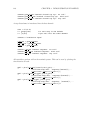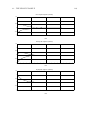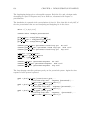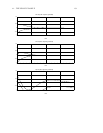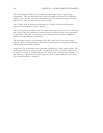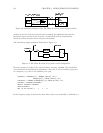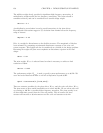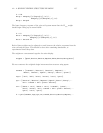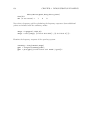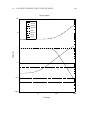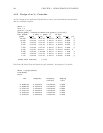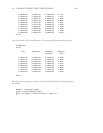156 CHAPTER 4. DEMONSTRATION EXAMPLES
The additive weight clearly provides for significant high frequency uncertainty. A
multiplicative weight models the low frequency uncertainty. The value selected is
somewhat arbitrary and can be considered as a tunable design weight.
Wmvoice = 0.1
A multiplicative perturbation is used to model uncertainty in the piezo driver.
Experimental observations suggest a 5% deviation from nominal across the frequency
range of interest.
Wmpiezo = 0.05
W
dist
is a weight for disturbances on the flexible structure. The magnitude of this has
been estimated by comparing experimental disturbance responses to the voice coil
system response. This weight can also be considered as a variable in the design problem.
Increasing the weight will place more emphasis on disturbance rejection in the final
design.
Wdist = 0.01
The noise weight, W
noise
is selected based on what is necessary to achieve a final
resolution of 10nm.
Wnoise = 0.005
The performance weight, W
perf
is used to specify system performance up to 80 Hz. We
use a 2nd order Butterworth filter to roll off at frequencies beyond 80 Hz.
Wperf = butterworth(2, { Fc=80,dT=0})
There are actuator penalties for the piezo driver, W
actp
, and the voice coil driver, W
actv
.
The piezo seems to have usable bandwidth out to about 400 Hz. We use a first order roll
up, starting at 100 Hz. to penalize higher frequency actuation. The piezo penalty is set
at about 200 times greater than the voice coil penalty. This is because the piezo
actuator will saturate at 30 micrometers and the voice coil saturates at 6 mm.



